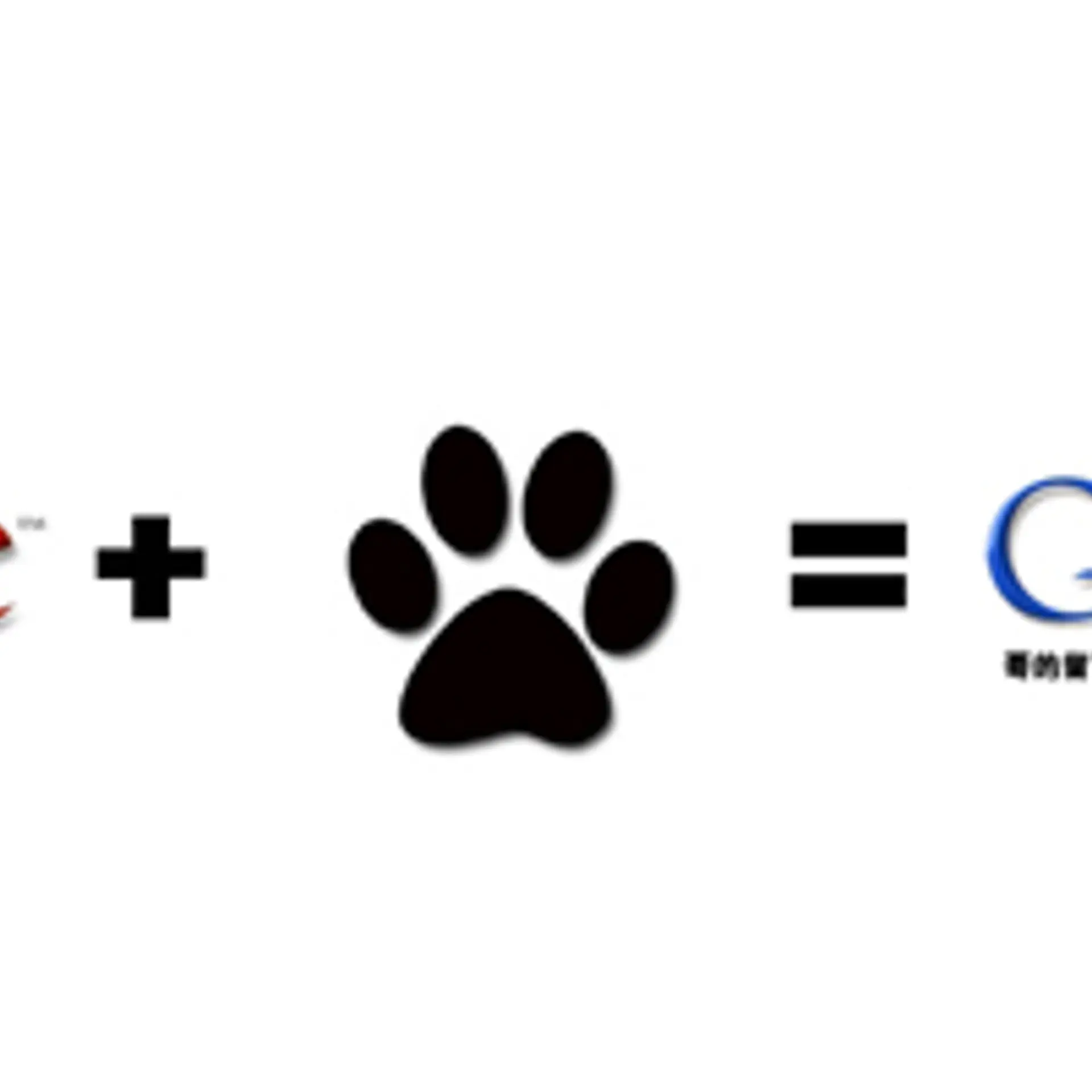

Overcoming the Export Barriers- Enabling Exports for Indian SMEs
Today world is a global village and thus, every business has the opportunity to serve the huge population of this big village however, it is easier said than done for SMEs with so many obstacles between trading locally and trading globally.

In-spite of being the fastest growing economy in world, India’s share in world exports is mere 1.6% only and of total 51 million SMEs in India, only less than 1 million participate in global trade and even a lesser number exports.
“The significance of SMEs to growth of country’s economy is beyond question, however, to date; SMEs contribution to exports is relatively much less as compared to large enterprises. There are a big number of obstacles and barriers that discourages SMEs from entering the global markets.”
The risk associated with Global Trade is real, and brings with it a lot of ‘what if’s: What if the buyer is not genuine? What if the supplier exists only on paper? What if you don’t get payment for the order? What if you can’t execute the order at the agreed price or within the stipulated time-frame? No firm will enter in to a business without sufficient and credible information and data- which is one of the major barriers to international trade. With time though more information is now available and is more readily available, but gathering this information is costly and more so for SMEs.

Source : Analysis of data from UN" alt="
Source : Analysis of data from UN
" />
Source : Analysis of data from UN" alt="
Source : Analysis of data from UN
" />It is an accepted fact that the potential of the global market is huge with traditional potential markets such as U.S, EU and China alone importing more than $ 6 Trillion in the year 2016 and new markets such as Latin America and Africa up opening for global trade, but tapping in to these highly lucrative but unknown markets is no easy task.
“As tempting as the global market seems to any SME, the high number of trade barriers make trade complex and risky limiting participation, however, with advancements in technology over the years and Government’s focus on SMEs and exports, more and more export enablers have come up.”
We will discuss how these trade enablers can effectively help the SMEs effectively overcome the barriers but before that, lets first address the major trade barriers in the time.
Export Barriers
The major export barriers could broadly be categorized into 3 categories.
1. Insufficient information & lack of reliable data on overseas markets is the first and major barrier to export and it in turn gives rise to some more barriers. Businesses has become intelligent in the modern era, no one goes in to a business without thorough analysis and understanding about the market, competitive analysis and many more factors. Therefore, lack of reliable data on overseas markets puts the SMEs in dark situation where they are unable to decide anything, obviously because they know very less about the overseas market.
They have no knowledge about the worldwide export demand for their product. Even if somehow the company gathers the courage to enter the markets without sufficient knowledge the troubles don’t end, contacting the potential customers also proves to be a difficult task. As per WTO report 2016 on levelling trading field for SMEs, a key finding is that all types of trade costs, whether they are fixed or variable, adversely affect ability of SMEs to participate in global trade, to a greater extent than large enterprises.
2. Knowledge & information barriers are major issues to consider exporting but even if some company with help of contacts or any other means manage to extract information and data, complex trading procedures and documentation and lack of information on rules, regulations, standards, specifications etc. in target market etc. often discourages the exporter. The additional cost incurred of making a shipment without this information is very high as product could get rejected for non-compliance to standards and specification.
3. Last but not the least financial barriers are serious point of concern for SMEs, large multinationals have no financial constrain therefore they happily incur the high cost for procuring trade information, logistics cost and fight off other barriers. The same cannot be said for SMEs, they face major problems due to their financial constrain furthermore, approximately 50% of trade financing requests of SMEs are rejected in comparison to just 7% of MNCs, this is a sad fact since it is the SMEs that needs to be encouraged and facilitated over the already well established and well-funded MNCs. But that’s not all, uncertainty of payment and foreign exchange risks and currency fluctuations also adds to the tally. Furthermore, product quality, late delivery or delivery without 3rd party inspections bears the risk of losing payment and the consignment.
So why are discussions taking and articles taking place on global level to push SMEs in to exporting when there are so many barriers to overcome for SMEs?
Export Enablers
Well that’s because the world has changed, internet is bringing the world closer, technology & trade platforms are making trade safe and easy and very importantly, the Government is focusing on exports as a mean to achieve high economic growth. The major trade enabled could broadly be categorized into following categories.
1. Technology & Internet - technology is a powerful weapon and it has this amazing characteristic of always being more of use to the less resourceful. I mean, just as an example, take a look at the number of companies who became the big names just because of technology- Alibaba, Amazon, Uber and Flipkart are prime examples of what technology can do.

Source: Internet world stats" alt="
Source: Internet world stats
" />
Source: KPMG-Google report (Analysis of ITOPS Business 2016/ITOPS Business 2015 and primary data collected by Kantar IMRB)" alt="
Source: KPMG-Google report (Analysis of ITOPS Business 2016/ITOPS Business 2015 and primary data collected by Kantar IMRB)
" />In the field of global trading as well, technology has been a blessing; it solves the very first and major barriers of international trading. More and more information is getting available on the internet at a great velocity, in huge volumes and from variety of sources, now all one need is to be able to use that information to their advantage. The Internet is sometimes portrayed as a global market place that knows no borders, where entrepreneurs can find customers globally, and rightly so.
2. Integrated Trade Platform – It’s an extension of technology enablement to make trade safe and easy by offering end-2-end global trade offerings such as trade intelligence (what to export, when to export, where to export, at what price to export), trade counterparts (whom to export), trade resources (how to export) and trade solutions (how to facilitate trade) in a hosted cloud environment with big data analytics.

As per WTO, 97% of the SMEs who are online involve themselves in global trading, compared to just 2-28% traditional SMEs in most countries. However, that’s not all, these platforms mitigates trade risks and make finding genuine overseas customers easier, with direct access to overseas leads, holistic view, buying patterns and trade history
3. Government support measures - measures such as Government policies in the face of GST, Government support through Trade chambers/Export promotion councils, Export finance support through various MSME schemes, Export Credit support through Export Credit Guarantee Corporation (ECGC) and initiatives such as Digital India, Make in India, Skill India, has been greatly encouraging more and more SMEs not only to surface but export to world markets.
“All in all, although export barriers may look big to overcome for an SME, they should fear not, and be a little more active and aware as today there are a lot of export enablers as well, it’s just a matter of finding and taking advantage.”
Exports have long been dominated by large companies, because they have the critical mass, organizational reach and relevant technologies needed to access and supply overseas markets. But thanks to these export enablers, participation in international trade, once exclusive to large enterprises, is progressively becoming more inclusive for micro, small and medium enterprises, helping us reach closer to achieving our target of $900 billion in exports by 2020.
More Power to SMEs to Export Globally!!








